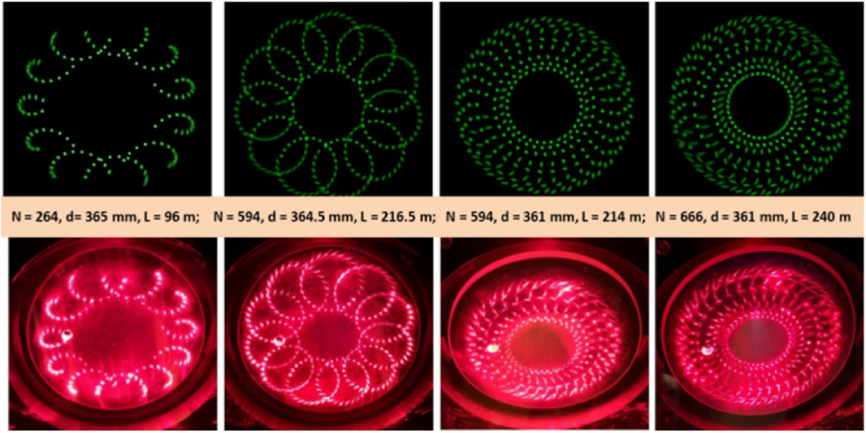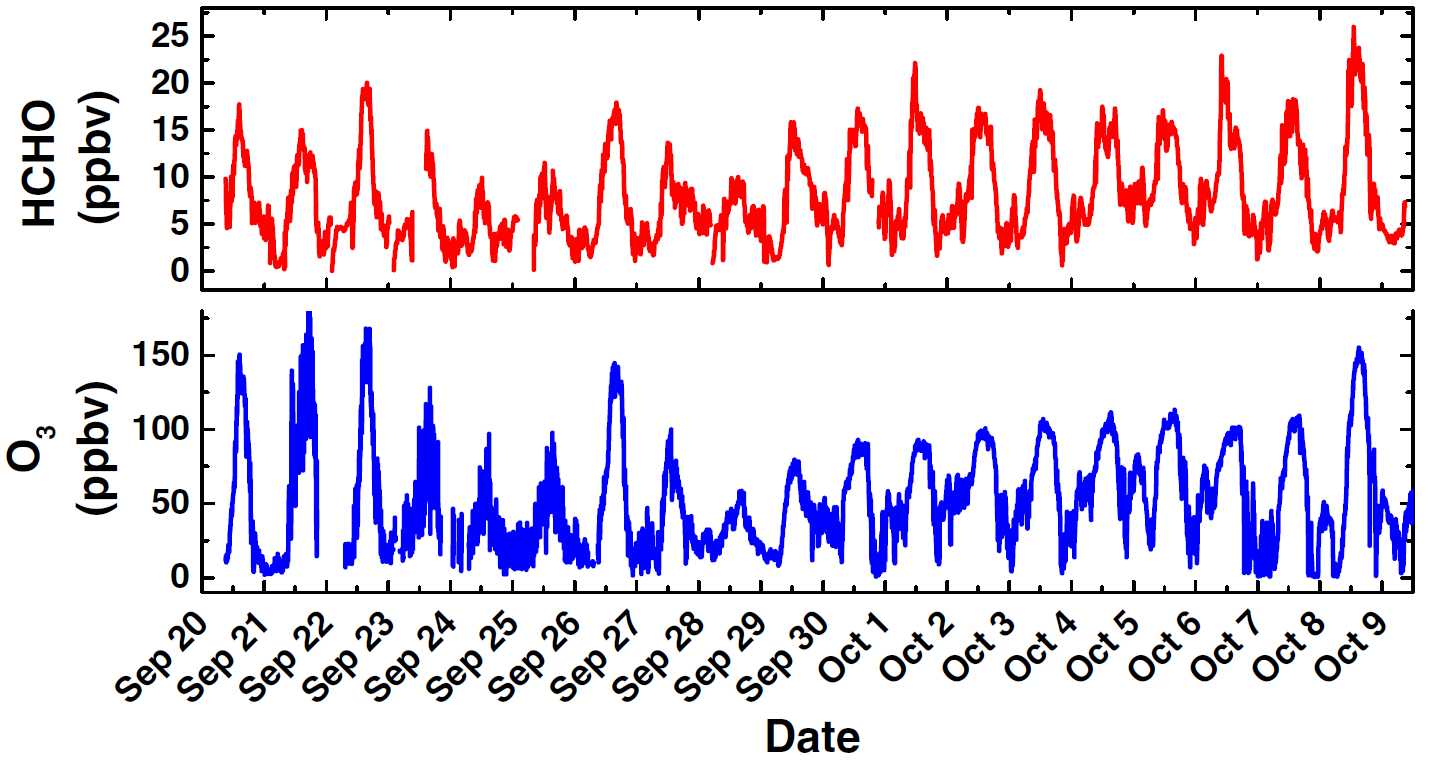
Lately, Chinese researchers in Anhui Institutes of Optics and Fine Mechanics under Hefei Institutes of Physical Science made new progress in detection of ambient formaldehyde. The work has been published in Applied Optics.
Formaldehyde (HCHO) is a significant intermediate in the oxidative degradation of atmospheric volatile organic compounds (VOCs). It plays an important role in chemical progress of ozone (O3) generation and HOx-NOx cycles. It can be used to distinguish the source of VOCs and verify the model. The direct measurement of ambient HCHO is of great significance for atmospheric chemistry research and air pollution control.
The team developed a tunable diode laser absorption spectrometer for ambient HCHO detection. The work was conducted by Prof. ZHAO Weixiong and Dr. FANG Bo as well as their colleagues.
The achieved detection precision was 51 pptv (1σ) in 10 s by using a 3.53 μm continuous wave (CW) interband cascade laser (ICL) and an improved sphere mirror multipass optical cell (with a short base length of 36 cm and a path length of 96 m).
In fact, according to the team, the instrument has been used to monitor the concentration of HCHO during the PRIDE-GBA campaign.
This work was supported by the National Key Research and Development Program of China, the National Natural Science Foundation of China, the Natural Science Foundation of Anhui Province, the Youth Innovation Promotion Association of CAS, and the CASHIPS Director's Fund.

Simulated and experimental beam patterns of the improved spherical mirror multipass cell (Image by FANG Bo)

The data series of HCHO concentration (Image by FANG Bo)

86-10-68597521 (day)
86-10-68597289 (night)

86-10-68511095 (day)
86-10-68512458 (night)

cas_en@cas.cn

52 Sanlihe Rd., Xicheng District,
Beijing, China (100864)

